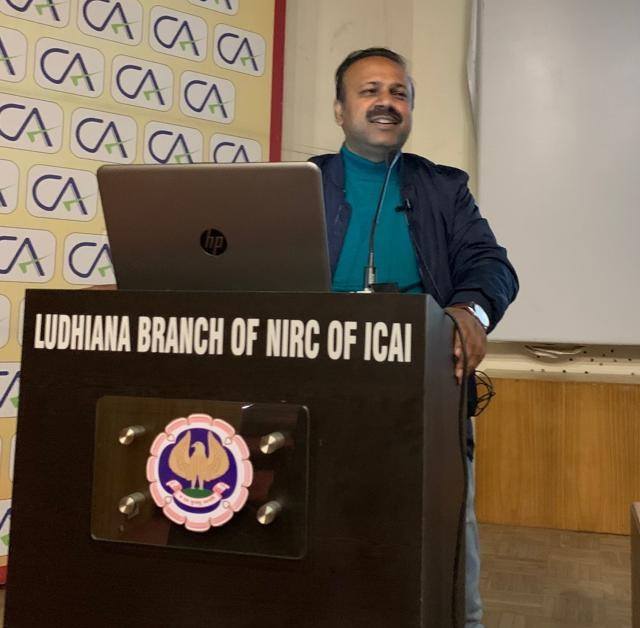Article analyses Issues arising from Refund related GST Circular No. 135/05/2020 dated 31-03-2020 issued by CBIC-
1. Bunching of Financial years has been allowed for the purpose of claiming refunds. Now this may result in assessee having applied for lesser refund as compared to refund actually admissible as per Circular.
However, this Circular has not modified the proposition that after submitting a refund application under any of the categories for a certain period, applicant shall not be subsequently allowed to file a refund claim under the same category for any previous period. Which means that assessee can’t apply this Circular retrospectively in respect of periods for which refund application has been made.
However Para 8 of Circular 125 which remains unmodified for above proposition does not restrict to apply refund other some other category. Hence where due to old principle of segregation of financial years, refund application was filed for “NIL” amount, Circular No. 110 dated 3-10-2019 allows to apply refund under “Any other” category in such cases.
Further Circular 135 also provides room for cases where refund application is not for NIL amount. Circular has already clarified that discipline of segregating refund for financial year was ultra vires the provisions of law and that Circular can’t impose any restriction not contemplated by law. Hence Circular No. 110 is required to be modified to that extent.
2. Circular restricts inverted duty refund on account of rate reduction. It is notable from the text of the circular that restriction is only where input and output is same. Hence the Circular does not cast any restriction viz manufacturing and service concerns where input and output are not same.
It may also not be out of place to mention that anti profiteering provisions require the assessee to pass on the benefit of rate reduction immediately to the customer. Hence the assessee is supposed to pass on the benefit of rate reduction on the stock purchased at higher rates also but not entitled to refund of tax paid at higher rates which means that all the taxes paid on unsold stock shall form part of cost to the assessee for which there is no pay back either from department or from the customer.
In such a scenario the assessees may like to go for sale return option or sell the goods as defectives or as scrap or waste or other host of options. This shall open a pandora box of various tools the assesses may need to resort to.
3. While the Circular restricts the re credit of ITC against the refund application for tax paid utilizing ITC, it has tacitly mandated to recover the existing liabilities and past dues to be recovered from the cash component of refund only. While Circular 88 dated 01-02-2019 allows to file DRC-03 does not place any restriction to use cash component of ledger balance, the circular No. 135 goes a step ahead and is neither in synchronization with Circular 88 nor the provisions of the law.
Further nothing has been clarified regarding mode of payment of interest u/s 56 on delayed refund allowed by way of re credit to ITC.
4. Restricting refund of ITC to the invoices uploaded by supplier in 2A is again in violation of Rule 89 which takes into account full ITC for a period. This is also in violation of Rule 36(4) which allows ITC as per 2A +10%/20% of the Invoices uploaded by the supplier.
However following questions have been left unanswered:
1. If the invoices were not uploaded by the supplier at the time of refund application or filing of GSTR 3B but uploaded later, whether such invoices shall be considered while processing refund application?
2. Whether on subsequent uploading of invoices, refund application for the same period shall be allowed to be amended?
3. Whether benefit of subsequently uploaded invoices can be claimed in subsequent applications and whether it implies re verification of all past refunds to see that ITC against subsequently uploaded invoices was not claimed in those periods?
4. Where ITC on not uploaded invoices has already been granted, whether taxpayer needs to pay back the amount?
5. Where ITC on not uploaded by the supplier on which refund has been granted have now been uploaded by the supplier, whether such invoices need to be re considered in new application?
6. Whether refunds of application in process need to be considered on the altar of this new Circular?
7. How this requirement of ITC on the basis of 2A shall be implemented when 2A being generated from the portal is not a time stamped document?
Following GSTR 2A blindly without providing assesse to claim refund of rightful ITC shall augment the difficulties of assesses and litigation shall be invited on every refund application. Audit teams of the department shall make assessed to pack back the refunds claimed along with interest and hefty penalties for older applications also.
5. HSN/SAC Code of Input/Input Services/Capital goods has been mandated to be provided in refund application, barring the cases where supplier was not mandated to mention the same on his invoice. Now the issue arises as to how a refund applicant shall satisfy the jurisdictional officer as to whether supplier was mandated to mention HSN/SAC or not. Circular since requires to mention HSN/SAC mentioned on Invoices, hence all the invoices need to be produced to satisfy the officer where full 8 digit HSN code is not mentioned. This shall create lot of administrative hassels and refunds applicants shall be at loss. This is also a U turn from electronic initiatives and ease of doing business. The intent and action are not in sync.





